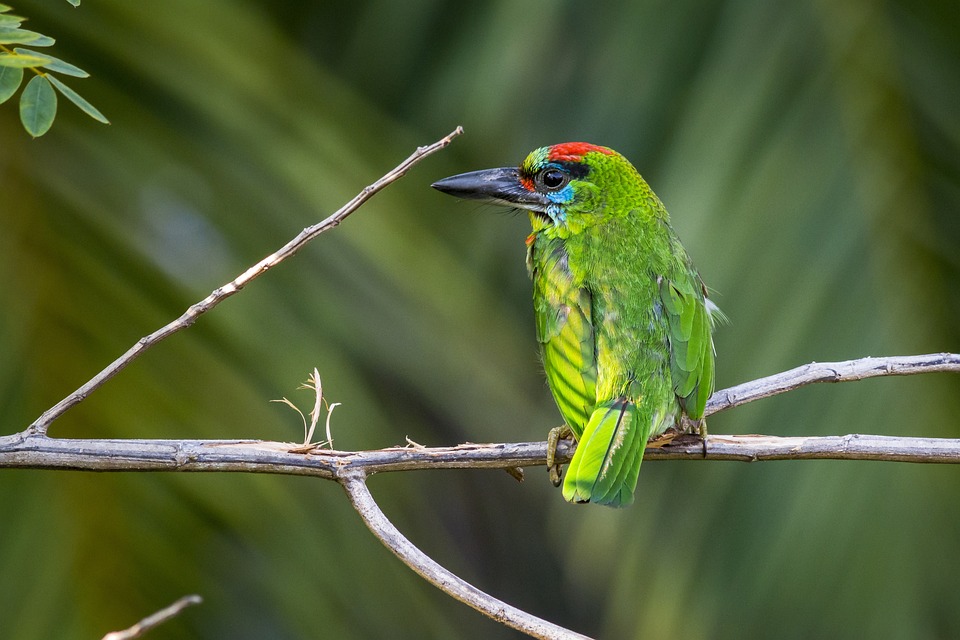Teaching Your Parrot to “Target Fly” between Different Family Members
Unlocking the Potential of Target Flight Training for Your Parrot
Parrots are known for their intelligence and ability to learn various tricks and behaviors. One fascinating skill you can teach your parrot is “target flying” between different family members. This advanced training technique not only strengthens the bond between your parrot and each family member but also provides mental stimulation and physical exercise for your feathered friend. In this article, we will explore the step-by-step process of teaching your parrot to target fly and address some frequently asked questions to ensure successful training.
Understanding Target Flying and Its Benefits
Before delving into the training process, it’s important to understand what target flying entails and the advantages it offers for your parrot:
1. What is target flying? Target flying involves training your parrot to fly to specific targets, such as individual family members, upon command. This can be a designated stick, perch, or even a hand-held object used as a target stick.
2. Bonding and socialization: Target flying strengthens the bond between your parrot and each family member involved in the training process. It also enhances socialization skills and helps your parrot feel comfortable around different people.
3. Mental stimulation: Target flying engages your parrot’s cognitive abilities, as they need to learn and remember the designated targets. This mental stimulation aids in preventing boredom and encourages problem-solving skills.
4. Physical exercise: Flying is an essential form of exercise for parrots. Target flying allows your parrot to spread its wings, improve flight skills, and engage in physical activity, promoting overall health and well-being.
Step-by-Step Guide to Teach Your Parrot Target Flying
1. Establish trust and basic training: Before initiating target flying, ensure your parrot has a strong foundation in basic training commands such as “step up,” “stay,” and “come.” This establishes trust and clear communication between you and your parrot.
2. Introduce the target stick: Begin by introducing the target stick to your parrot. Hold the stick near your parrot and encourage them to touch it with their beak or foot. Use positive reinforcement, such as treats or verbal praise, whenever your parrot interacts with the target stick.
3. Associate the target stick with family members: Gradually introduce the target stick in the presence of different family members. Encourage your parrot to touch the stick while pointing towards a specific family member. Repeat this step several times until your parrot associates the target stick with flying to that particular person.
4. Command and flight training: Introduce a command, such as “Fly to [family member’s name],” when presenting the target stick. Simultaneously, encourage your parrot to take flight towards the designated family member. Reward your parrot with positive reinforcement when they successfully reach the target.
5. Gradual distance and complexity: As your parrot becomes proficient in target flying, gradually increase the distance between targets and introduce more complex flight patterns. This can involve flying around obstacles or targeting multiple family members in succession.
6. Consistency and practice: Consistency is key in target flying training. Practice sessions regularly, keeping them short and engaging. Remember to use positive reinforcement and patience throughout the training process.
FAQs about Target Flying Training for Parrots
To further assist you in achieving success with target flying training, here are some frequently asked questions:
1. How long does it take to train a parrot for target flying? The training duration varies depending on your parrot’s individual learning abilities and previous training experience. On average, it can take several weeks to a few months to achieve proficient target flying.
2. Can any parrot be trained for target flying? Yes, target flying is suitable for most parrot species, regardless of their size or age. However, it’s essential to consider your parrot’s physical capabilities and consult with an avian veterinarian if you have any concerns.
3. Are there any safety precautions to consider during target flying training? Always ensure a safe flying environment, free from hazards such as open windows, fans, or other pets. Additionally, trim your parrot’s wings appropriately to prevent accidental escapes during training sessions.
4. What if my parrot shows resistance or fear during target flying training? If your parrot displays fear or resistance, take a step back and review the training process. Gradually reintroduce the target stick and associated family members while providing positive reinforcement and reassurance.
By following these guidelines and understanding your parrot’s unique abilities and needs, you can successfully train your parrot to target fly between different family members. Enjoy the journey of strengthening your bond and witnessing your parrot’s intelligence and flight skills flourish!









